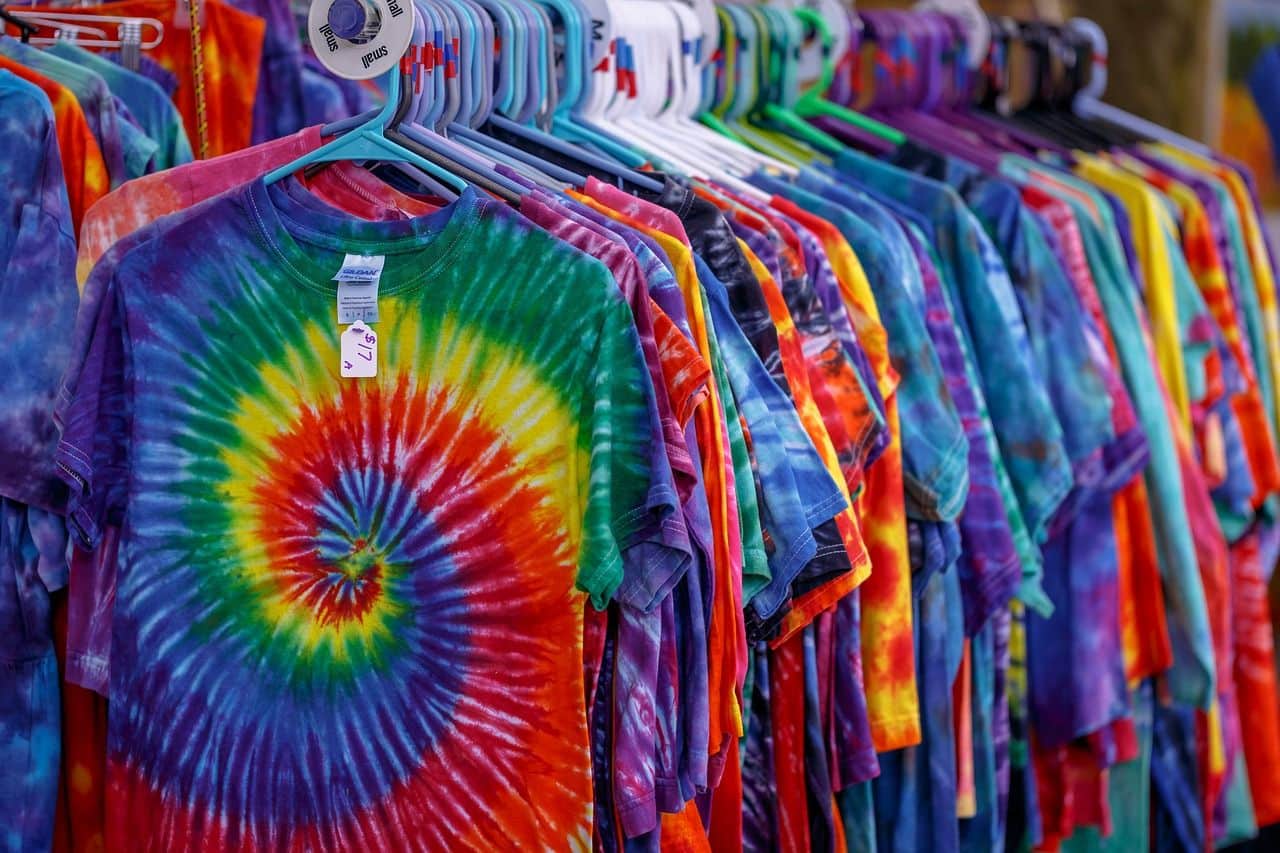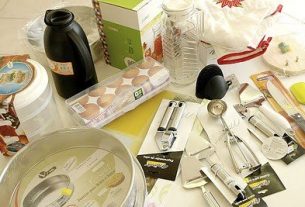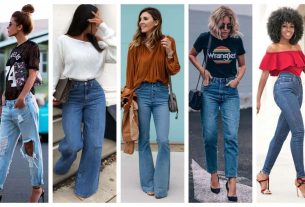Tie dye is an ancient technique for tying and dyeing clothes that was embraced by hippies in the 70s and continues to this day.
In principle, the history of tie dye began thousands of years ago. It is a technique for tying and dyeing clothes that was embraced by the hippie community in the 70s. However, the name ‘tie dye’ means ‘tying and dyeing’, which is exactly what the technique does to give color and life to fabrics. .
Currently, tie dye is a fashion trend shared in various parts of the world, from artists to bloggers. In short, it consists of techniques for tying fabric, be it clothes, shoes or even blankets, with disorderly dyeing of colors that match each other, giving the effect we know today.
Finally, tie dye became known worldwide during the hippie movement of the 70s. It was disseminated mainly by American artists such as John Sebastian, Janis Joplin and Joe Cocker. In the 90s, fashion returned through punks and clubbers and thus even took over the fashion catwalks.
Since then, the technique has continued to be part of both communities and has also prevailed in popular taste, gaining a boom in 2020 through bloggers, artists and fashion brands. However, this fashion is “older” than we can imagine. Tie dye was not born in the hippie movement, it came long before that.
History to tie dye

The first records of the technique were noted in the 6th and 7th centuries in Japan, China, India, Peru and the African continent. However, tie dye as we know it was called “shibori” by the Japanese and “bandhani” in India. He gave the fabrics combined colors and different ties, depending on the region and culture. For example, Indians used foods to color fabrics, such as onion skins, among others.
Subsequently, it was only between the 60s and 70s that tie dye became a great symbol of hippie culture in the United States, gaining the name we know. The nomenclature in English means “tie and dye”.
As hippie culture preached freedom, free love, respect for nature and the counterculture of consumerism, hippies embraced the technique for reusing clothes and giving a face to the movement. However, for hippies, tie dye literally meant freedom, as the technique also had freedom of dyeing and tying, free from rules.
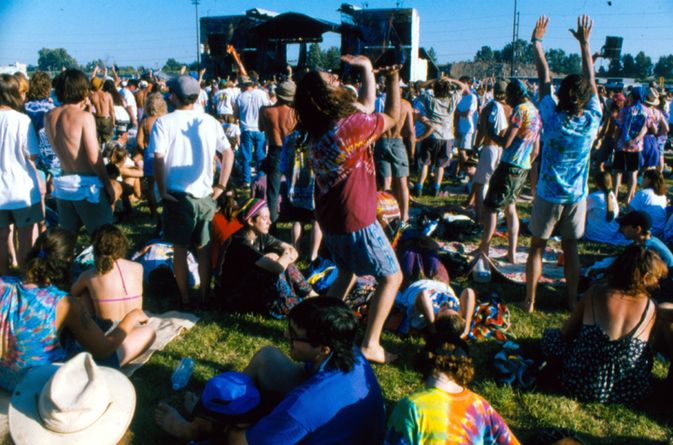
Tie dye gained more strength in the 90s, when punks and clubbers popularized the style, as colorful clothes were a hallmark of these communities. In the meantime, punks mixed the technique between their band shirts and jeans, while for clubbers, the more colors, the better.
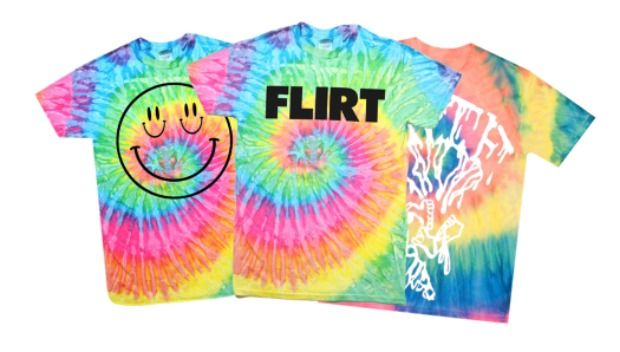

After the technique became popular, tie dye took over the catwalks under the influence of designers such as Vivienne Westwood. Subsequently, in the 2000s, the technique remained discreetly in the population’s wardrobes, gaining strength in 2019 and experiencing a boom in 2020.
O boom do tie dye
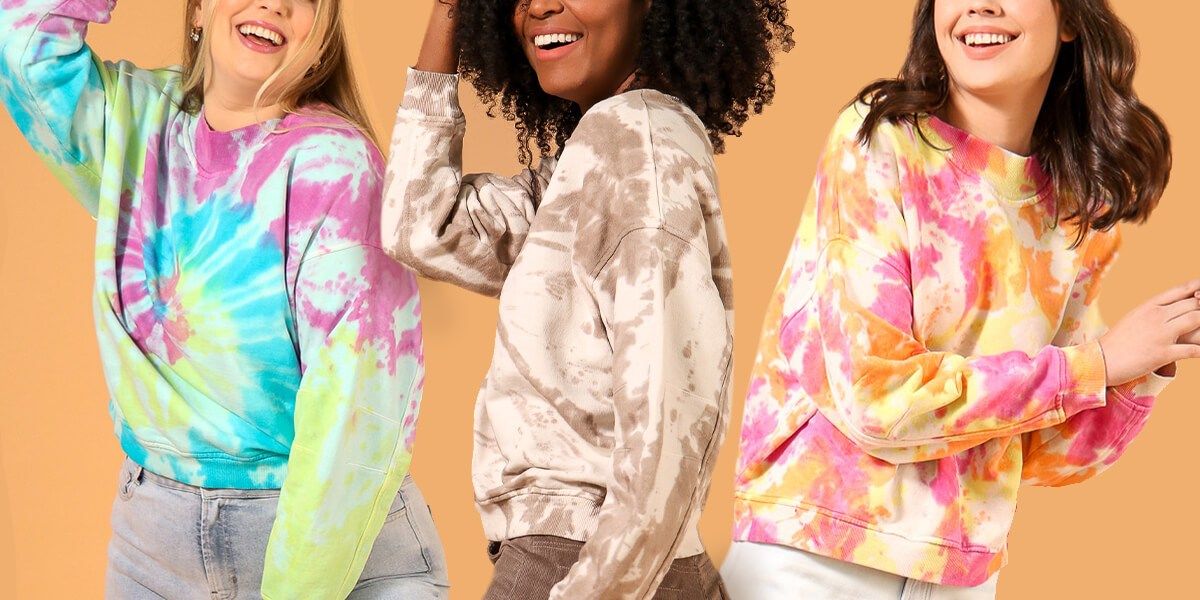
The history of tie dye did not end in the 90s. As mentioned above, it gained a lot of strength in 2019 and this strength is growing more and more. With the social isolation imposed by the coronavirus pandemic in 2020, the DIY method, which means “do it yourself”, took over homes around the world.
As a result, techniques have been improved and the most diverse color combinations are being created. Likewise, famous and designer brands have increased the technique in their clothes, such as Calvin Klein, Collina Strada and Prabal Gurung.
Step by step how to do tie dye at home
1 – Materials
Tie dye has infinite techniques, but most of them are done by tying the fabric and dyeing it. With this, you will need:
- Light-colored fabric, preferably 100% cotton;
- Direct dyes, reactive dyes, bleach or fabric dyes;
- Tubes or containers for colors;
- Cords, strings or elastic bands, preferably silicone ones.
2 – Lashing
The tying is up to your creativity. You can roll the fabric starting from the center, making a kind of snail and tie it in an “x”. You can also just “knead” the cloth and tie it into several pieces, or fold the shirt and dye it. See more in this content, which teaches techniques and gives you several tips for making your tie dye at home.
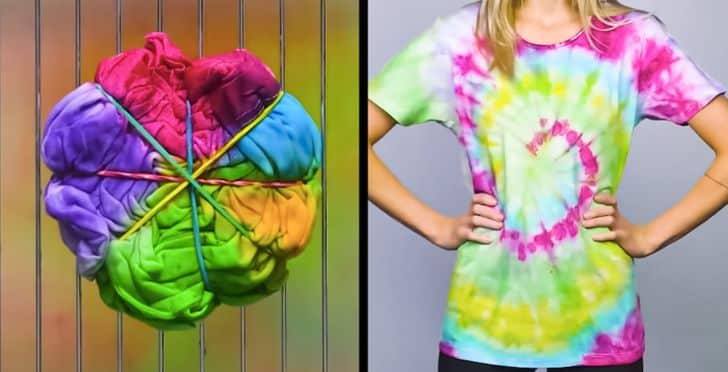
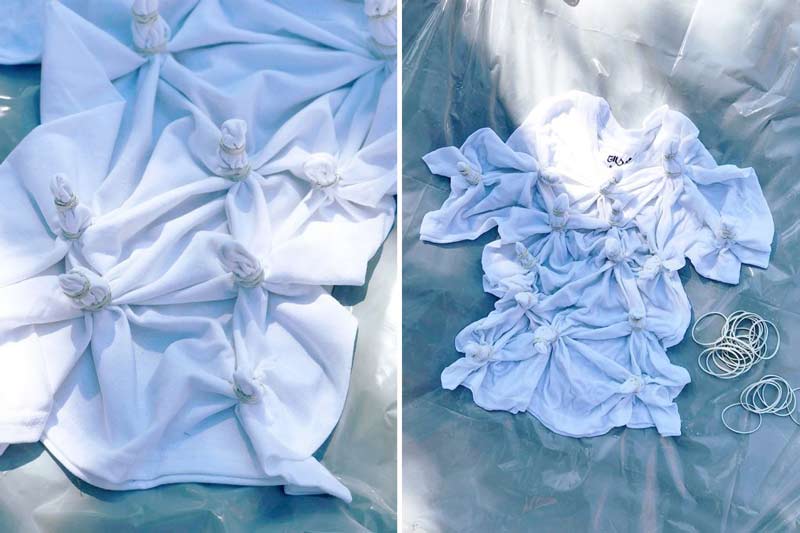
3 – Dyeing
First of all, it’s worth mentioning that the fabric cannot be dirty, otherwise your cloth could get stained and you don’t want that.
Throughout the history of tie dye, there was no shortage of colors, so you can use them! If you are going to use dyes or fabric paint, you need to dilute it. Place in the tubes or containers that you set aside to use.
Once that’s done, it’s time for the art to begin! The dyeing is free and you can combine it however you prefer. However, it is important to clearly define the color limits so that they do not mix.

The process can also be done with bleach on dark items. Just use bleach to dye the tied fabric. The result is instant!
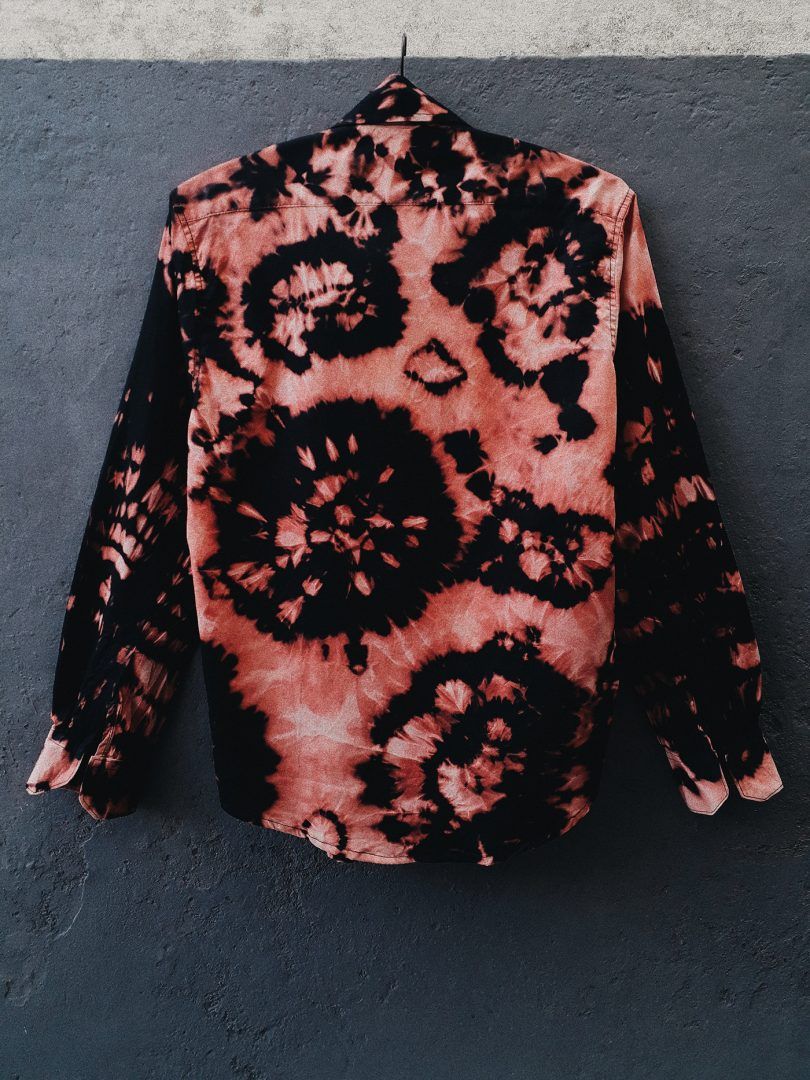
4 – Finishing
For the colors to set, they need to dry for at least 24 hours, without direct exposure to the sun. After that, wash the item separately for at least three washes, as it releases some color. Ready! Your tie dye is finished.
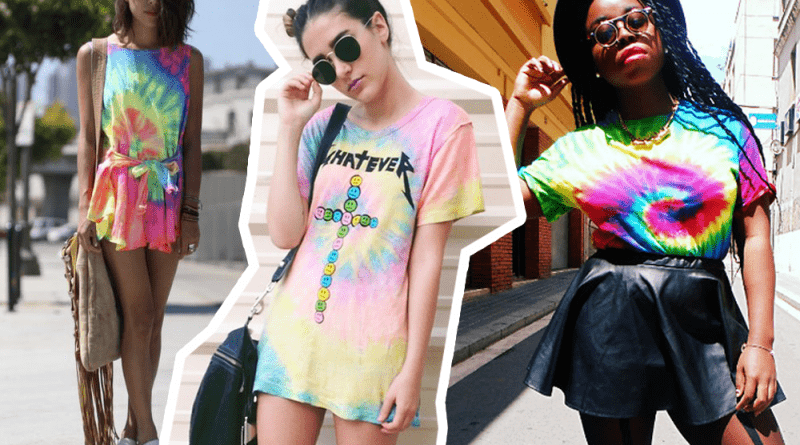
Did you like this content? See more in depth with techniques, tips and step-by-step instructions to innovate your clothes.
Fontes: Not The Samo, She’s a Demon.
Featured image: Pixabay
Images: Portal Negócios JA, Folky, Guia da Semana, We Fashion Trends, Incrível Club, UFPEL, Pantone and Revista Jurema.

Sign up for our newsletter and stay up to date with exclusive news
that can transform your routine!
Warning: Undefined array key "title" in /home/storelat/public_html/wp-content/plugins/link-whisper-premium/templates/frontend/related-posts.php on line 12
Warning: Undefined array key "title_tag" in /home/storelat/public_html/wp-content/plugins/link-whisper-premium/templates/frontend/related-posts.php on line 13

